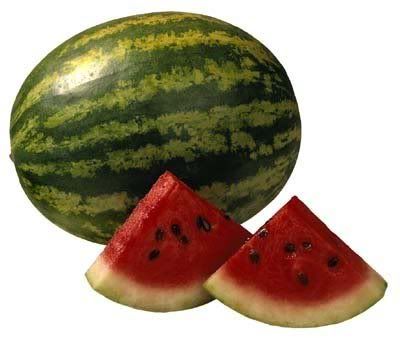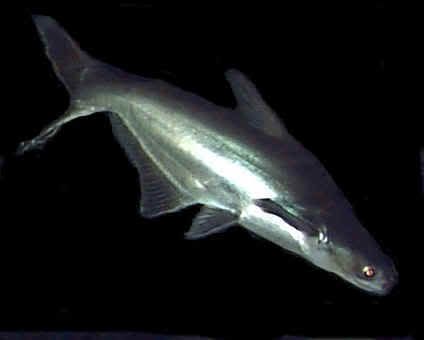
Calamansi Production – Kalamansi
Calamansi or calamondin (Citrofortunella microcarpa) is a fruit tree native to the Philippines. It is the most commonly grown backyard tree among the citrus species. It can thrive in a wide variety of environmental conditions.
It is a small tree with a height ranging from 2 meters to 7 ½ meters at maturity. Its broad egg-shaped leaves are dark green in the upper surface and pale green underneath. The fruit is round, about 2 cm to 4.5 cm in diameter, and greenish – yellow in color.
Like its relatives, such as the mandarin, pomelo and sweet orange, the calamansi is rich in phosphorous, calcium, iron and Vitamin C or ascorbic acid. It is the most popular and most commonly used citrus fruit in the country. Its juice is nutritious and traditionally made into a fruit drink that helps prevent respiratory diseases. It also helps strengthen the bones and stimulate growth especially among growing children. It can be used as a flavoring ingredient in desserts, e.g. leche flan, or as an additive in various food preparations, such as fish steak. Its pulp is used as a major ingredient in beverages, syrups, concentrates, and purees. The peel is made into jams, candies, and marmalade. With its alkalinizing effect, on the body calamansi helps circulate blood evenly and facilitates normal digestion. Continue reading “Calamansi Production – Kalamansi”


